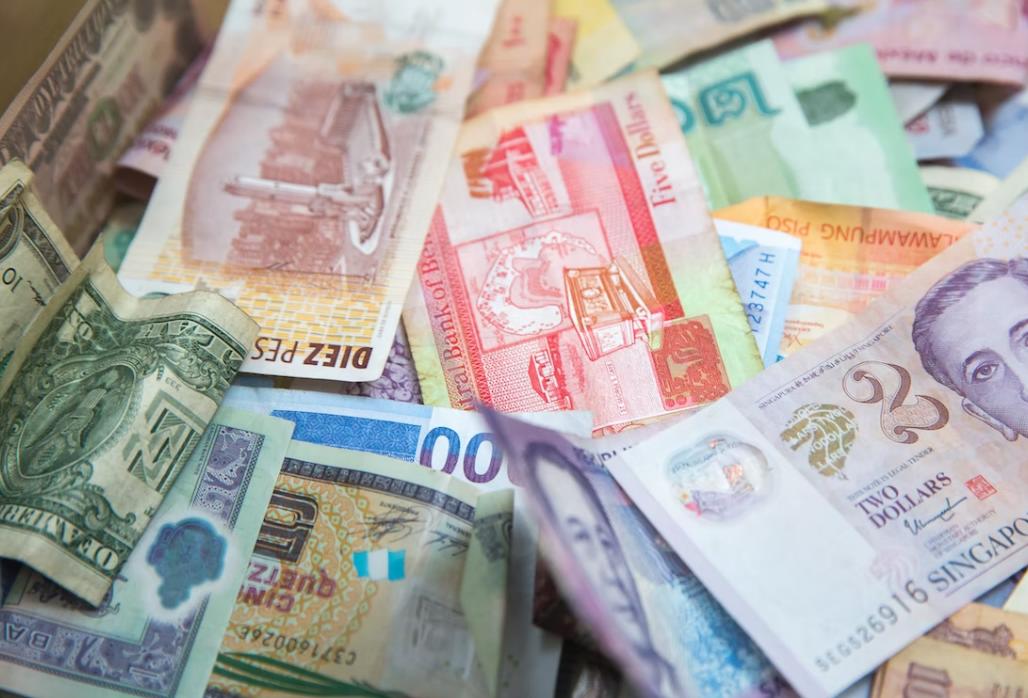Five Seasonal Patterns in Forex Explained
Traders who have a lot of experience with the forex market are aware that currency fluctuations are often cyclical. Events that occur at a given time in one year may repeat a year or two later.
While world events can be unpredictable, some of the factors that impact foreign exchange rates may happen on an annual or bi-annual basis. Understanding these events and how they can impact forex prices is a crucial tenant of fx trading.
Anyone interested in making money by trading forex must understand these seasonal patterns, how to recognize them ahead of time, and how to trade accordingly.
Below is a guide that outlines five seasonal patterns within the forex markets.

1. USD/JPY Dip in August
Historical data shows that around 30 percent of the time, the value of the USD/JPY currency pair declines in August. Many analysts are not sure why this occurs, but data from 1999 to 2021 shows the dip is very apparent.
If you are planning to invest in the USD or JPY in the near future, you may want to take this tip into account. July may be a good time to exit your trades in the USD/JPY, put your money into other currency pairs, and then buy back this pair when its price declines sometime in August.
2. Seasonality and the USD/CAD
The United States dollar and Canadian dollar also display seasonality, according to data that goes back to 1999. In 63 percent of months dating back to ‘99, the USD/CAD pair finished at a higher value at the end of October and the end of November compared to its starting price.
Anyone who wants to invest in this pair may want to sell CAD and buy USD sometime in September and then hold onto the trade for most of October and November. As soon as you notice the price is beginning to drop in November, you can sell and claim a significant profit.
3. United States Dollar Loses Value at the End of the Year
Historical data from the past decade shows that the United States dollar tends to lose value towards the end of the year. If you are trading any currency pairs involving the USD, you may want to sell your USD in November and buy another currency for the next few weeks.
You should notice the value of the USD dip significantly in September and ever so slightly in January. The trend is for the USD to jump back up in January, which means you must watch out for any rise in price. As soon as the USD value increases slightly, you can close your position for a profit.
4. October and the USD/JPY Pair
Traders who analyze annual data of foreign exchange rate fluctuations notice that the United States dollar and Japanese yen currency pair has a strong seasonality around October.
USD/JPY often ends the month of October much higher than when the month began. Such an event repeats over many years dating back to the late 1999s and early 2000s.
Traders can buy USD/JPY at the start of October and sell at the end of the month to make a tidy profit. However, keep in mind that seasonality is not a guarantee. There are instances where the USD/JPY value declined in October.
5. Block Out the Noise
One of the ways that you can ensure you are trading successfully in the forex market is by blocking out temporary noise. The above seasonal trends show how the value of various currencies can rise and fall cyclically every year.
If there is an instance when such a trend does not materialize, you must not discard past data. Unexpected political or world events can impact currency prices uniquely, which takes precedence over any previous trends.
By filtering out the noise, you can assess how currency pairs have performed every month for the past 10 to 20 years. Such analysis allows you to trade strategically and take advantage of seasonal trends.
Traders who use seasonal trends to buy and sell currency pairs should be engaged with more than one pair at a time. By investing in various pairs through seasonal analysis, you are very likely to emerge with a profit each year.
Disclaimer: This content does not necessarily represent the views of IWB.